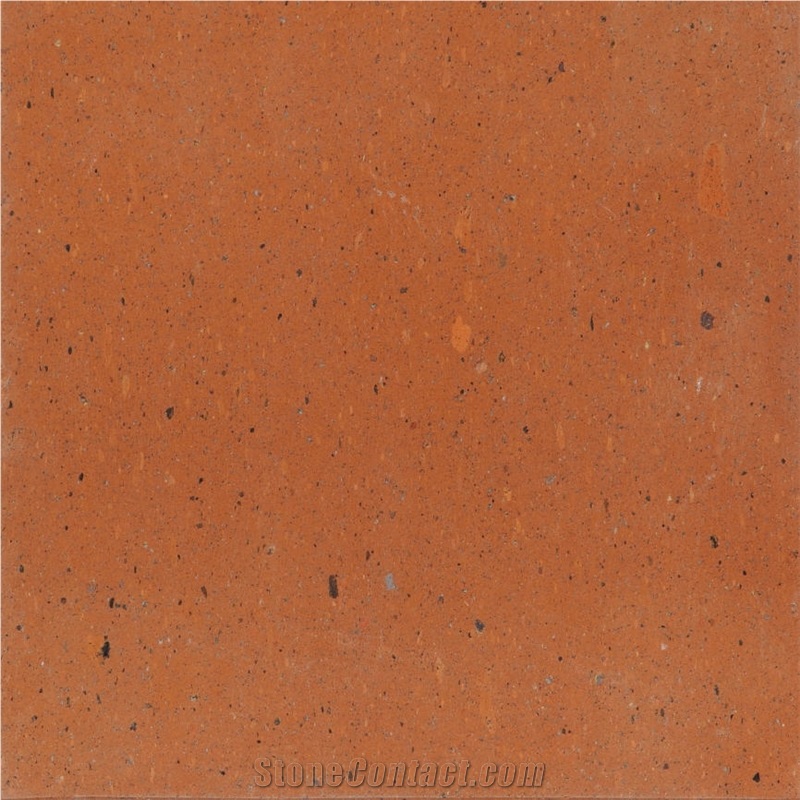Can Armenia's Hoktemberyan Tuff be used exterior applications in hot climates?
Armenias Hoktemberyan Tuff is a type of volcanic rock that is commonly used in construction due to its durability and aesthetic qualities. While it can be used for exterior applications in various climates, including hot climates, there are a few factors to consider:
1. Heat Resistance: Tuff is generally resistant to high temperatures, thanks to its volcanic origin. However, extreme temperature fluctuations and prolonged exposure to intense heat can degrade the material over time. Therefore, it is important to choose a thick and dense grade of Hoktemberyan Tuff that can withstand the specific heat conditions of the hot climate.
2. Weathering: Hoktemberyan Tuff is susceptible to weathering and erosion, particularly in extreme climates. In hot climates, the combination of heat, sunlight, and occasional sandstorms can accelerate the weathering process. To enhance its longevity, a proper surface treatment, sealant, or protective coatings can be applied to mitigate the effects of weathering.
3. Maintenance: Regular maintenance is necessary for exterior applications of Hoktemberyan Tuff in hot climates. This includes periodic inspection, cleaning, and repairs to address any signs of weathering or degradation. Adequate drainage systems should also be in place to prevent water accumulation and potential damage caused by expansion and contraction due to temperature fluctuations.
In conclusion, while Hoktemberyan Tuff can be used for exterior applications in hot climates, specific considerations need to be taken into account regarding heat resistance, weathering, and maintenance to ensure its long-term performance. Consulting with local experts and professionals in construction and stone materials can provide more accurate recommendations based on the specific hot climate conditions.
Armenias Hoktemberyan Tuff is a type of volcanic rock that is commonly used in construction due to its durability and aesthetic qualities. While it can be used for exterior applications in various climates, including hot climates, there are a few factors to consider:
1. Heat Resistance: Tuff is generally resistant to high temperatures, thanks to its volcanic origin. However, extreme temperature fluctuations and prolonged exposure to intense heat can degrade the material over time. Therefore, it is important to choose a thick and dense grade of Hoktemberyan Tuff that can withstand the specific heat conditions of the hot climate.
2. Weathering: Hoktemberyan Tuff is susceptible to weathering and erosion, particularly in extreme climates. In hot climates, the combination of heat, sunlight, and occasional sandstorms can accelerate the weathering process. To enhance its longevity, a proper surface treatment, sealant, or protective coatings can be applied to mitigate the effects of weathering.
3. Maintenance: Regular maintenance is necessary for exterior applications of Hoktemberyan Tuff in hot climates. This includes periodic inspection, cleaning, and repairs to address any signs of weathering or degradation. Adequate drainage systems should also be in place to prevent water accumulation and potential damage caused by expansion and contraction due to temperature fluctuations.
In conclusion, while Hoktemberyan Tuff can be used for exterior applications in hot climates, specific considerations need to be taken into account regarding heat resistance, weathering, and maintenance to ensure its long-term performance. Consulting with local experts and professionals in construction and stone materials can provide more accurate recommendations based on the specific hot climate conditions.
 Armenia
(Hoktemberyan, Armavir Province)
Armenia
(Hoktemberyan, Armavir Province)









 Armenia
Armenia
 Verified Supplier is for prove company authenticity,including business license,trade license and effective office space,to enhance buyers' trust to suppliers and their products, reducing communication costs.
Verified Supplier is for prove company authenticity,including business license,trade license and effective office space,to enhance buyers' trust to suppliers and their products, reducing communication costs.


 Armenia
Armenia
 Verified Supplier is for prove company authenticity,including business license,trade license and effective office space,to enhance buyers' trust to suppliers and their products, reducing communication costs.
Verified Supplier is for prove company authenticity,including business license,trade license and effective office space,to enhance buyers' trust to suppliers and their products, reducing communication costs.









 United Arab Emirates
United Arab Emirates